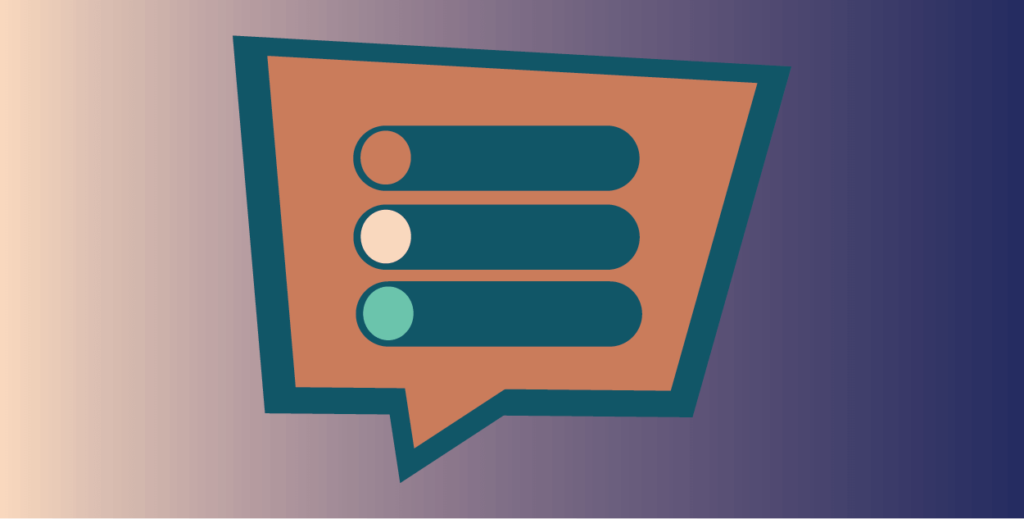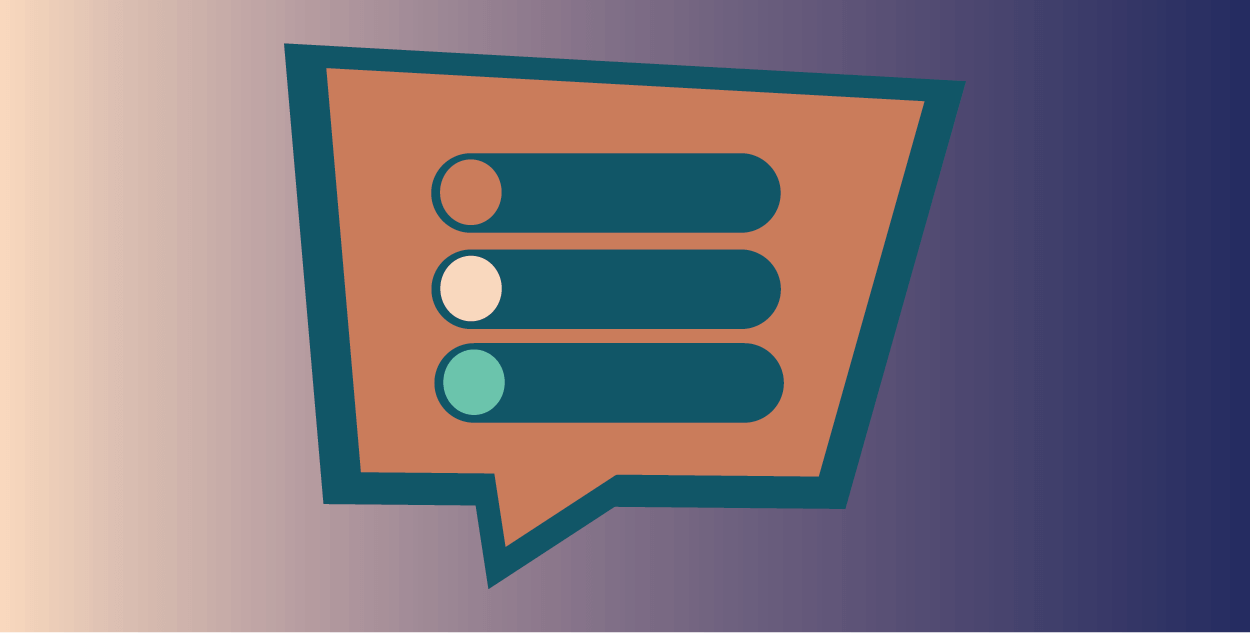Weighted Shortest Job First (WSJF)
Prioritizing projects and work items is a critical aspect of Agile methodologies, and every Agile team must have an effective prioritization model to ensure they are delivering maximum value to their stakeholders. One prioritization model that has gained popularity over the years is the Weighted Shortest Job First (WSJF) model. In this blog post, we will explore the WSJF model and its benefits, and how it can be implemented into Jira, an Agile project management tool.
What is it?
WSJF is a prioritization model that helps teams to prioritize their work based on the expected value delivered, the time required to complete the work, and the level of risk associated with the work. The formula for calculating the WSJF value is:
WSJF = (Business Value + Time Criticality + Risk Reduction) / Job Size
Business Value: The value the item will deliver to the business or customers.
Time Criticality: How soon the item is needed to be completed.
Risk Reduction: The risk reduction potential of the item.
Job Size: The size of the job, usually estimated in story points.
How to use it
The higher the WSJF value, the higher the priority of the work item.
One of the reasons why WSJF is popular is that it takes into account the business value of the work item. Unlike other prioritization models that only consider the time required to complete the work, WSJF also considers the value that the work item will deliver to the business. This makes WSJF a more effective prioritization model as it ensures that the most valuable work items are prioritized first.
To implement WSJF in Jira, teams can use the Agile hierarchy. In Jira, work items are represented as issues, and issues can be grouped into epics, which represent a larger body of work. Teams can use epics to group related work items and then assign a WSJF score to each epic based on the WSJF score of its constituent work items. This allows teams to prioritize epics based on their WSJF score and ensure that they are delivering the most value to the business.
Case Study: Financial Services Company
Many companies have used Jira and WSJF to drive improvements to their ability to drive business improvements. For example, a telecom company used Jira and WSJF to prioritize its product backlog and was able to increase its development team’s productivity by 30%.
Another company, a financial services provider, used WSJF to prioritize its backlog, and as a result, was able to deliver a critical feature to its customers two months ahead of schedule.
WSJF was originally created by Don Reinertsen, who is known as the father of modern Agile methodologies. Reinertsen is a thought leader in Agile and has authored several books, including “The Principles of Product Development Flow: Second Generation Lean Product Development.”
Can WSJF be used with Story Points?
WSJF and story points are two different techniques that can be used together to effectively prioritize work items in an Agile project.
Story points are a measure of the size or complexity of a user story or a task, while WSJF is a prioritization model that helps teams prioritize their work based on the expected value delivered, the time required to complete the work, and the level of risk associated with the work.
To use WSJF and story points together, teams can assign a WSJF score to each user story or task, based on the criteria mentioned earlier, and then estimate the story points for each item. The WSJF score can then be divided by the story points to get a WSJF/story point ratio, which can be used to prioritize the items.
Calculate a WSJF/story point ratio
For example, let’s say there are two user stories: User Story A and User Story B. User Story A has a WSJF score of 50 and an estimated story point of 10, while User Story B has a WSJF score of 30 and an estimated story point of 5. The WSJF/story point ratio for User Story A is 5 (50/10), and for User Story B, it is 6 (30/5). Based on this, User Story A has a lower WSJF/story point ratio and should be prioritized higher than User Story B.
Using WSJF and story points together can help Agile teams to prioritize their work items based on both the expected value and the complexity of the work, ensuring that they are delivering maximum value to their stakeholders while managing their capacity effectively.
Changing your Current Approach
If you have been using story points to estimate and prioritize work in your Agile project, you can layer in the use of WSJF to add another level of prioritization based on business value, time, and risk. Here are some steps you can follow to introduce WSJF to your team:
- Educate the team on WSJF: First, you will need to educate your team on what WSJF is, how it works, and its benefits. Explain to them that WSJF is a prioritization model that helps to focus on the most valuable work items first, based on the business value, time required, and level of risk associated with the work.
- Identify the criteria for WSJF: Next, work with the team to identify the criteria for calculating the WSJF score. For example, the business value could be based on the potential revenue, customer satisfaction, or strategic alignment. The time could be estimated based on the duration or the opportunity cost, while risk could be based on the complexity, dependencies, or compliance requirements.
- Assign WSJF scores: Once you have the criteria identified, assign WSJF scores to each work item based on the criteria. The team can work together to estimate these values.
- Calculate WSJF/story point ratio: Once you have assigned WSJF scores to each work item, you can calculate the WSJF/story point ratio as described earlier in the previous answer.
- Prioritize based on WSJF/story point ratio: Finally, use the WSJF/story point ratio to prioritize the work items, in addition to the story point estimates. Items with the highest WSJF/story point ratio will be given the highest priority.
Introducing WSJF can take some time and effort, but it can help your team to focus on the most valuable work items and make informed decisions about where to allocate resources.
Partnering with an Expert in Jira Service Management
Using WSJF as a prioritization model can help Agile teams to prioritize their work more effectively and ensure that they are delivering maximum value to their stakeholders. Implementing WSJF in Jira is straightforward, and many companies have seen significant improvements in their ability to drive business improvements.
Partnering with an expert in all things Jira and Agile can help organizations learn from the experience of others who have seen and done this many times over, ensuring that they are getting the most out of their Agile practices.





